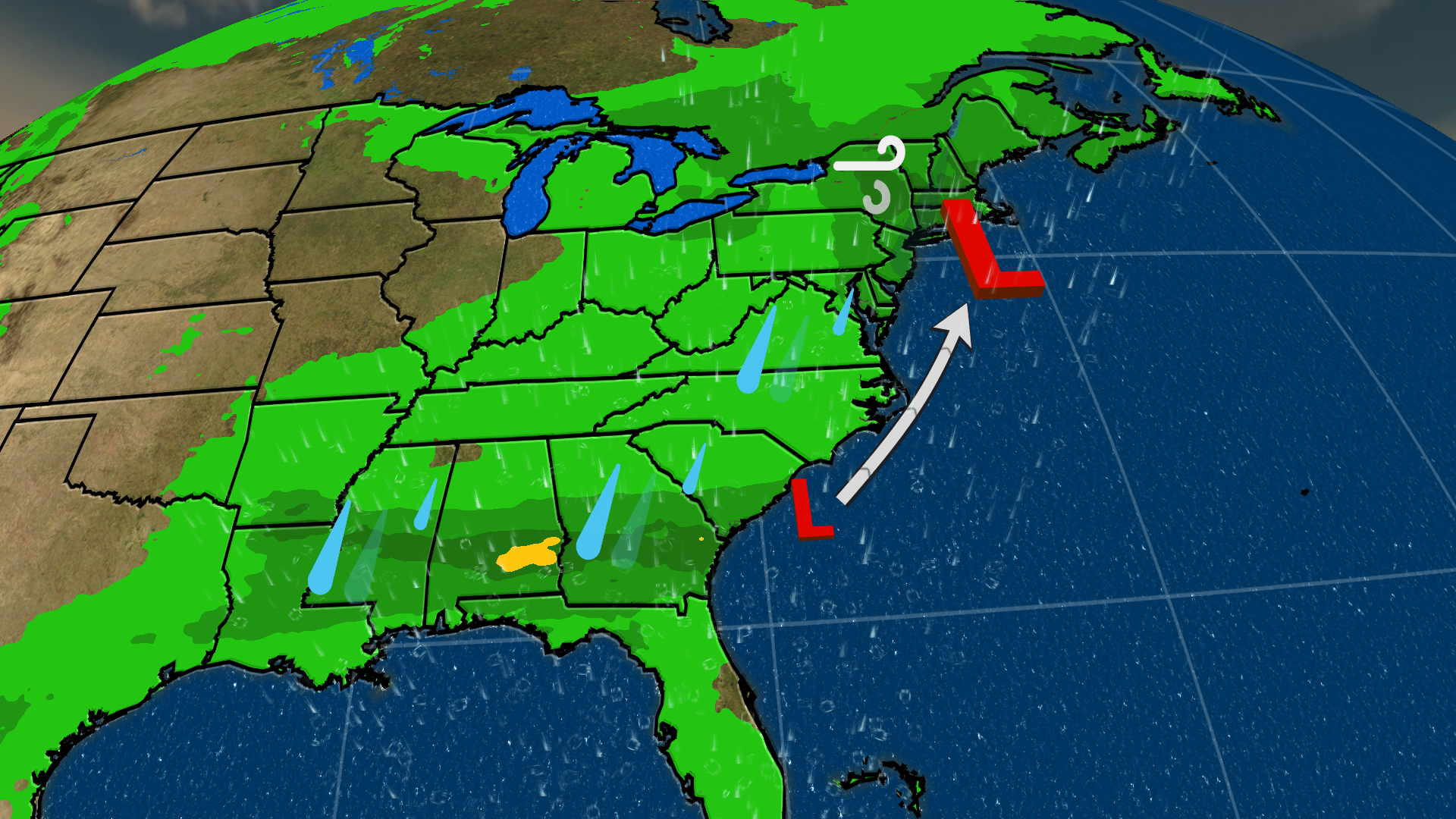


Not only did the region receive heavier than usual rainfall, the summer monsoon, which usually begins in the first week of June and lasts until September, came much earlier. Cherrapunji, a neighboring city in the region, where annual rainfall is 447.22 inches, received 38.2 inches-approximately 8.5 percent of its yearly rain-in one day, according to data from the Indian Meteorological Department. On June 17, Mawsynram, a village in India’s Meghalaya district that is known as one of the wettest places on earth, received 39.51 inches of rain. According to a recent study by Roxy Koll, lead author of the Intergovernmental Panel on Climate Change’s Sixth Assessment and a climate scientist at the Indian Institute of Tropical Meteorology, monsoon winds over the Arabian Sea are exhibiting fluctuating behaviors, “driving surges of moisture supply, leading to extreme rain episodes across the entire central Indian belt.” Every year in early June, winds from the Arabian Sea push rainclouds over the southern coasts of India, marking the beginning of the summer monsoon that lasts until September and brings the Indian subcontinent more than 70 percent of its annual rainfall.Īs the monsoon develops over India’s southwestern region, winds from the east push rain clouds over the Indo-Gangetic Plain, land comprising the floodplains of the Indus and the Ganga-Brahmaputra rivers and stretching across northern and eastern India, eastern Pakistan, Bangladesh and southern Nepal.īut this year wind systems that have historically occurred during different periods in the monsoon season coincided to push rain clouds over the northeastern region of India.
Brings heavy rain northeast series#
The Indian monsoon, one of the most prominent monsoon systems in the world, which affects India and parts of Bangladesh, develops through a series of complex events that involve changing wind patterns in the Arabian Sea and the Bay of Bengal. An Uncharacteristically Erratic Monsoonįloods caused by heavy rainfall in India and Bangladesh’s northeastern region are not uncommon, but the 2022 monsoons were unprecedented and uncharacteristic. Currently, around 20,000 people are living in more than 275 shelters across the region, according to the United Nations.

In late May, more than 10 villages in Bangladesh’s Sylhet and Sunamganj districts flooded after heavy rainfall upstream in northeast India’s Meghalaya region. By May 18, local news reported that road connections in the area had disintegrated, leaving more than 200,000 people stranded. KARACHI-Record breaking torrential downpours killed at least 14 people, inundated roads, caused long power outages and brought Pakistan’s largest metropolis to a standstill twice last month.Įarlier in July, the Indian central government declared flooding in the northeastern state of Assam a “severe natural calamity,” affecting 10,000 people, as torrential rains killed 14 in the state of Gujarat and 16 more died after a flash flood in the Amarnath region.īut the worst hit so far has been Bangladesh, where more than 7.2 million people have been severely affected by the worst floods in the country in over a century, which experts say were worsened by climate change.


 0 kommentar(er)
0 kommentar(er)
